Introduction
Building mobile applications for Android and iOS requires a robust backend to handle data, authentication, and real-time updates. Traditionally, managing a backend involved setting up servers, maintaining databases, and handling scaling manually. However, with serverless backend solutions, developers can focus more on building features while leaving infrastructure management to cloud providers
1. Firebase (Google)
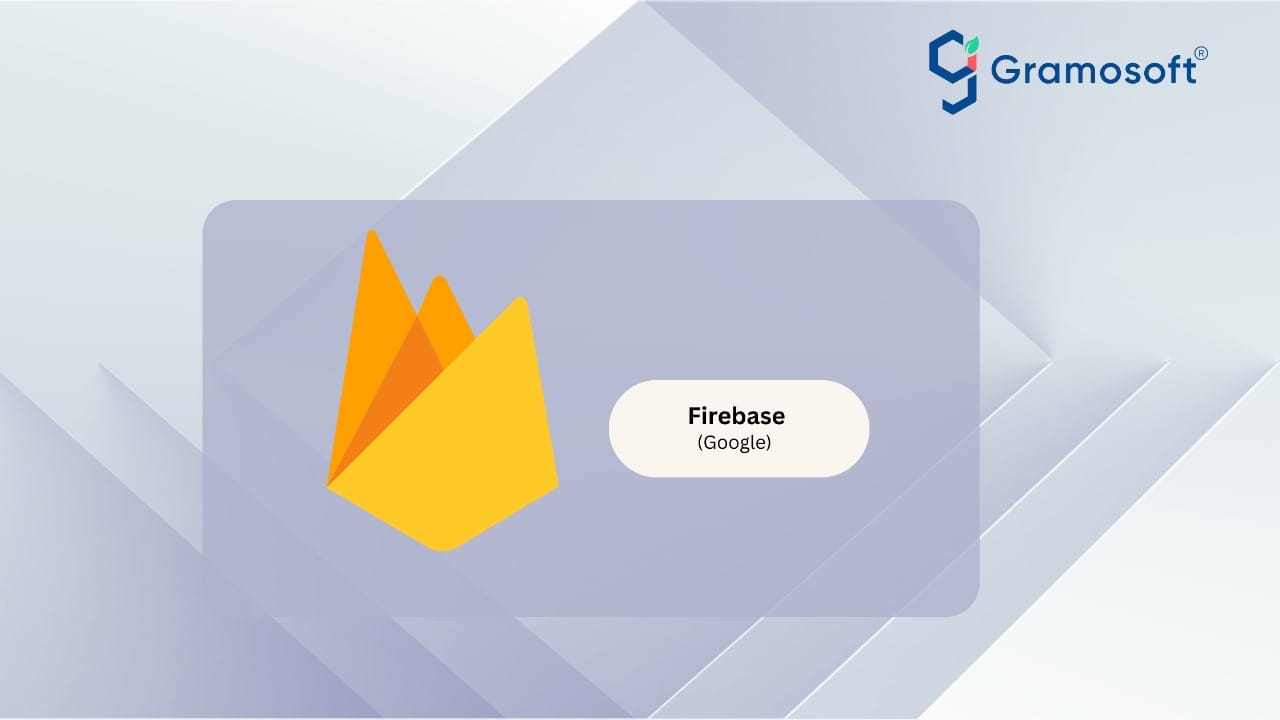
Firebase is one of the most popular serverless backend solutions, offering a wide range of features for mobile and web applications.
Key Features:
- Firestore (NoSQL Database)
- Authentication with Google, Facebook, Email, and more
- Cloud Functions for serverless business logic
- Real-time database and analytics
Best For:
- Real-time applications
- Authentication and user management
- Push notifications and analytics
2. AWS Amplify (Amazon Web Services)
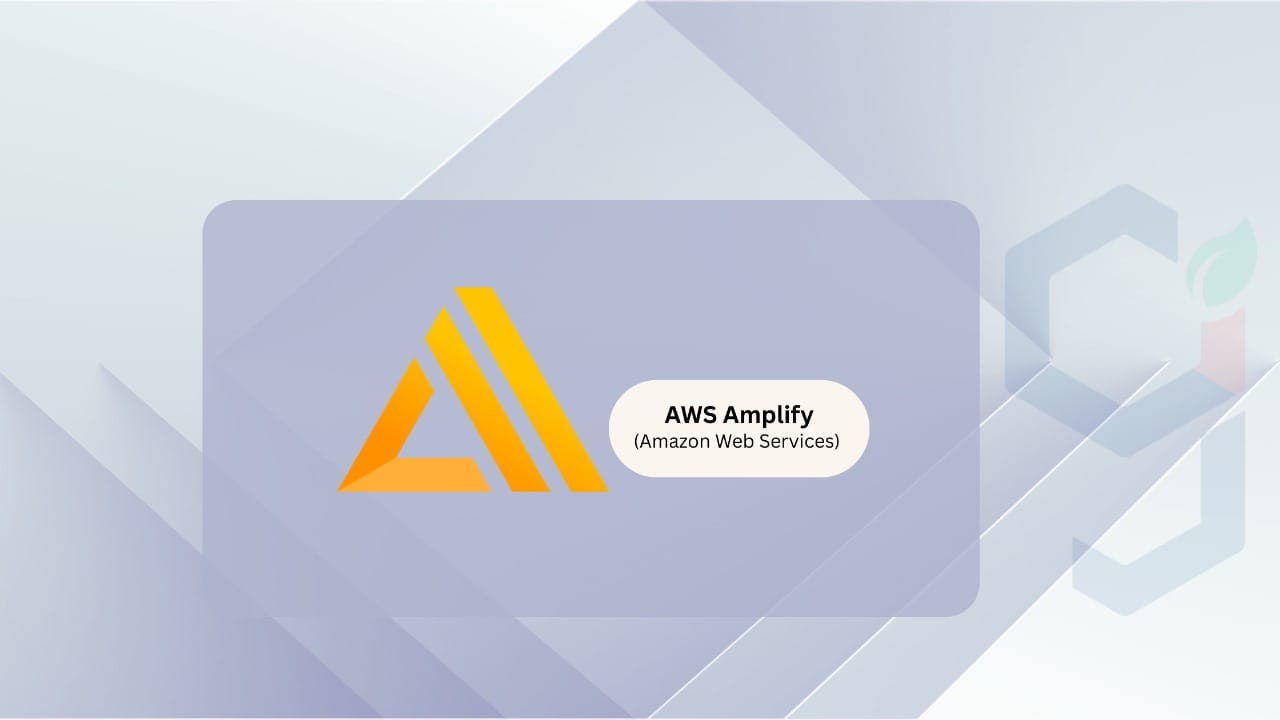
AWS Amplify is a comprehensive development platform that allows developers to build scalable and secure mobile backends without managing servers.
Key Features:
- GraphQL and REST APIs with AWS AppSync
- AI-powered capabilities (chatbots, recommendations, etc.)
- Storage and hosting services
- Authentication with Amazon Cognito
Best For:
- Scalable cloud applications
- Enterprise-grade security and reliability
- AI and machine learning integration
3. Google Cloud Functions
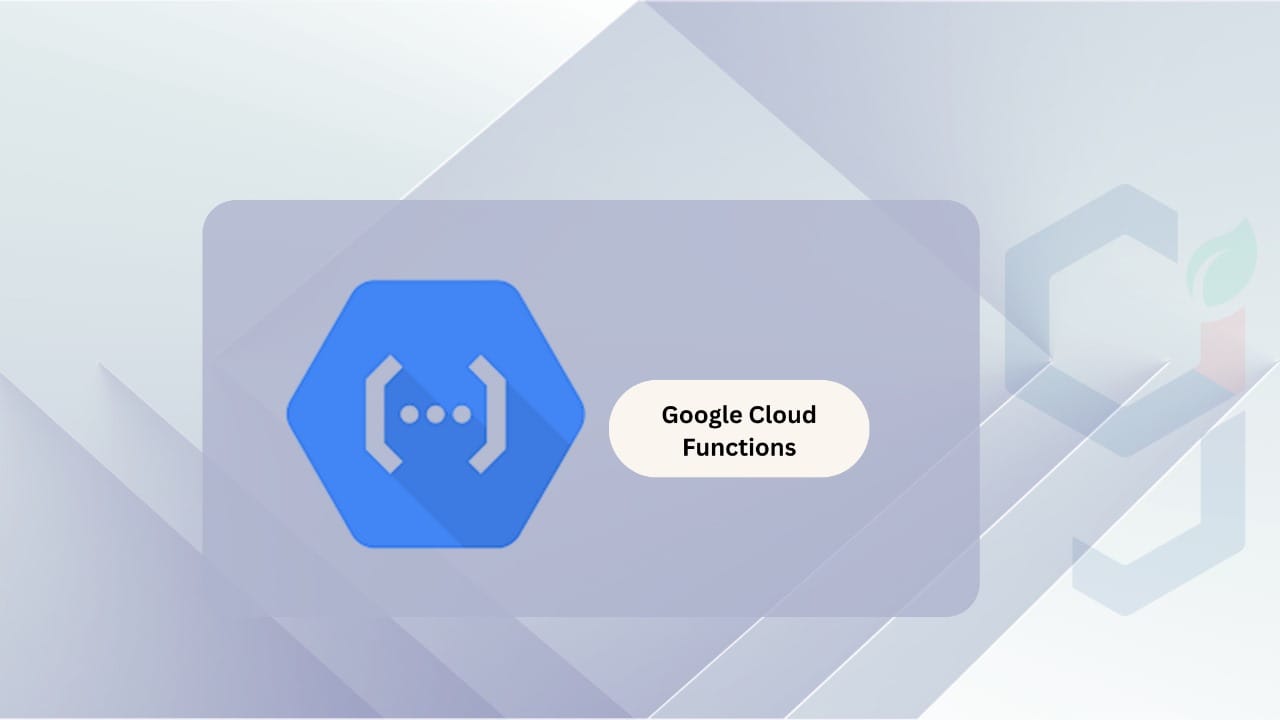
Google Cloud Functions provides a serverless execution environment for running code in response to events.
Key Features:
- Event-driven execution
- Integration with Firebase, Google Cloud Storage, and BigQuery
- Auto-scaling with high availability
- Pay-as-you-go pricing
Best For:
- Event-based processing (e.g., push notifications, data processing)
- Extending Firebase capabilities
- Running lightweight backend tasks
4. Azure Functions (Microsoft)
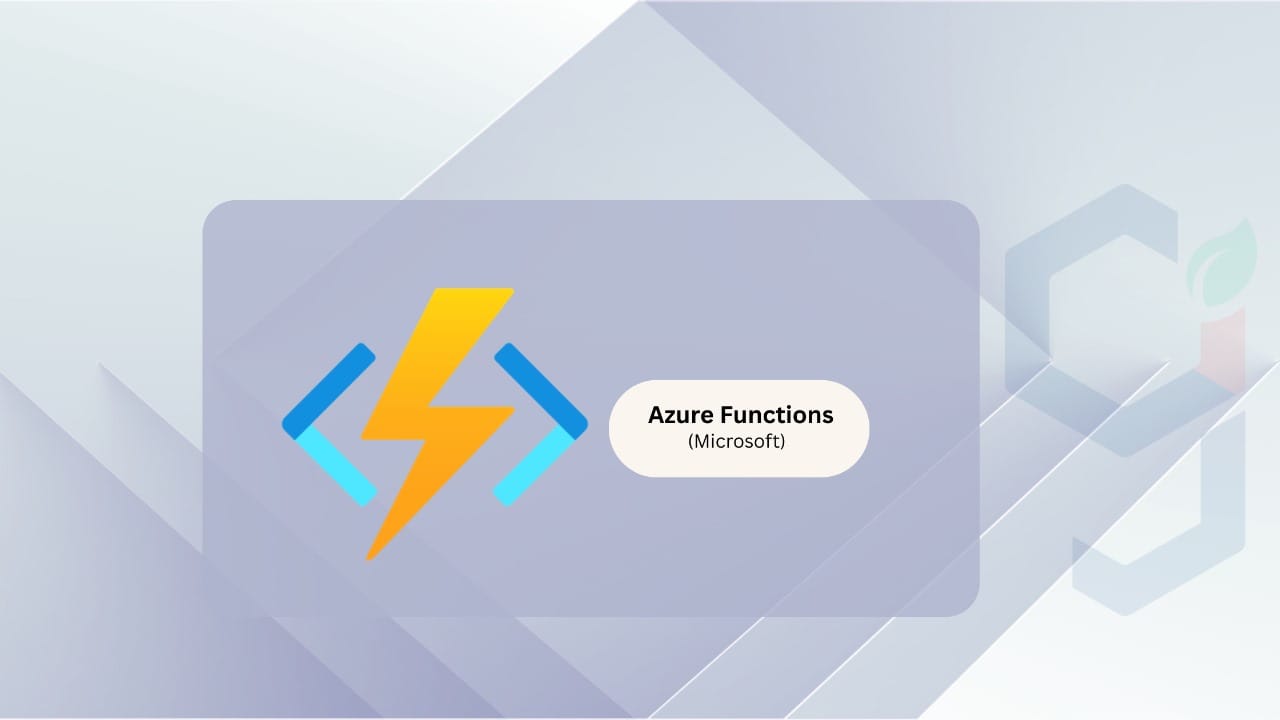
Azure Functions is a serverless computing solution that allows developers to execute code in response to HTTP requests, database changes, and events.
Key Features:
- Integration with Azure Cosmos DB and other Microsoft services
- Pay-per-execution model
- Support for multiple programming languages
- Built-in security and compliance
Best For:
- Microsoft ecosystem applications
- Business process automation
- Event-driven architecture
5. Backendless
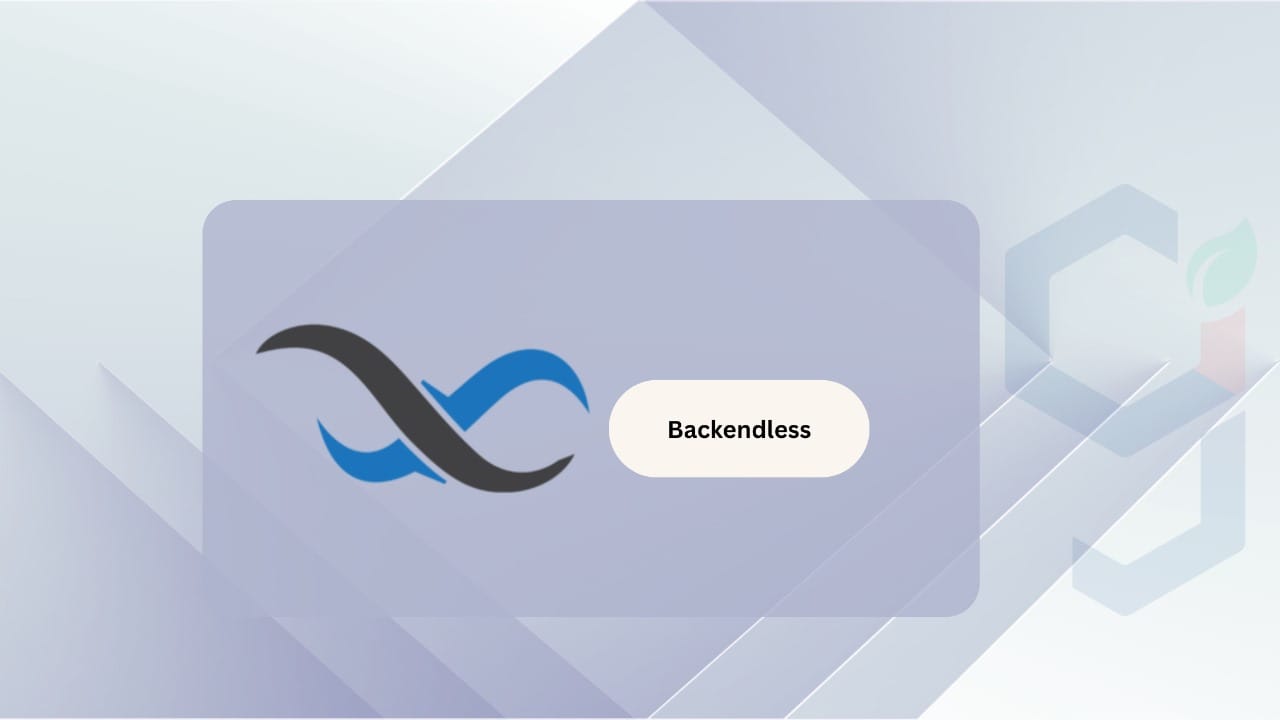
Backendless is a no-code/low-code serverless backend platform designed for mobile, web, and IoT applications.
Key Features:
- Visual database management
- API services with REST and GraphQL
- User authentication and push notifications
- Real-time data management
Best For:
- No-code and low-code developme
- Quick app prototyping
- Real-time data syncing
6. Supabase
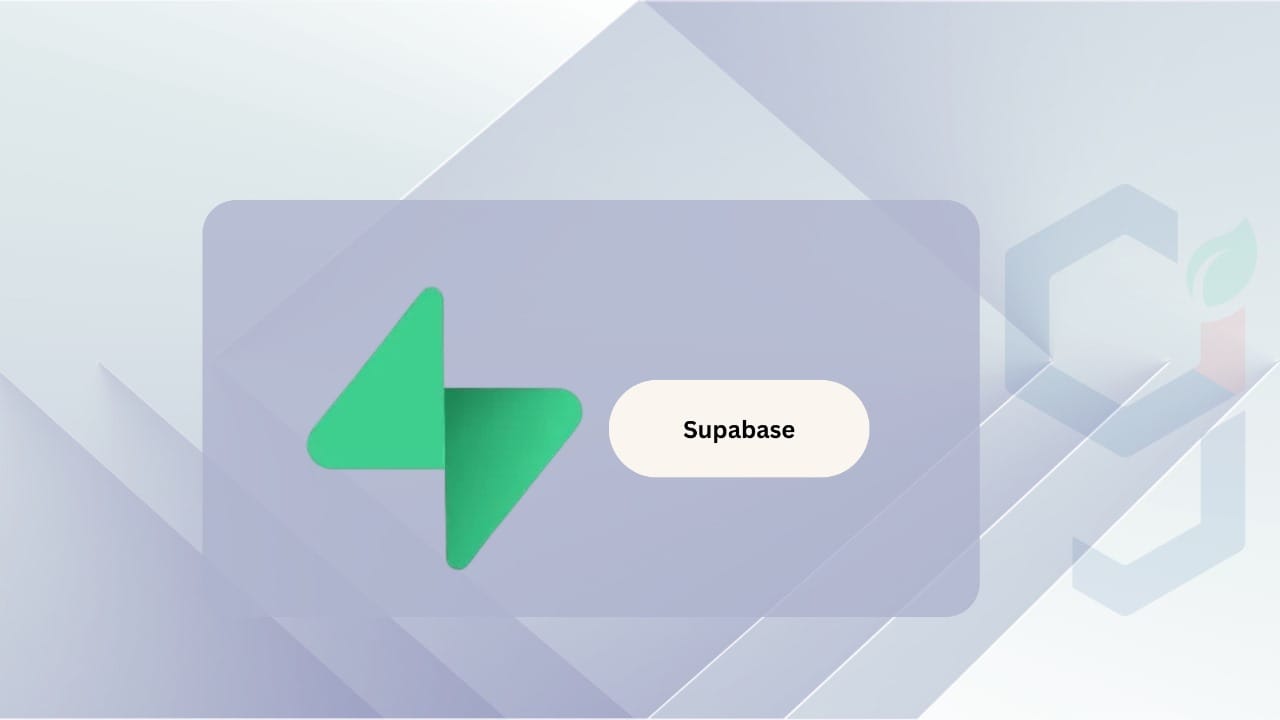
Supabase is an open-source alternative to Firebase that provides a backend-as-a-service with PostgreSQL.
Key Features:
- PostgreSQL as a real-time databa
- Authentication and authorization
- Edge functions for serverless processing
- Simple API generation from database schemas
Best For:
- Developers looking for an open-source Firebase alternative
- Apps requiring relational databases
- Real-time apps with scalable data storage
Conclusion
Serverless backend development simplifies infrastructure management, reduces costs, and allows developers to focus on building high-quality Android and iOS applications. Tools like Firebase, AWS Amplify, Google Cloud Functions, Azure Functions, Backendless, and Supabase offer powerful features to streamline backend development. At Gramosoft, our expert team leverages these technologies to build scalable, secure, and efficient mobile app backends.

 Aug 9, 2025
Aug 9, 2025